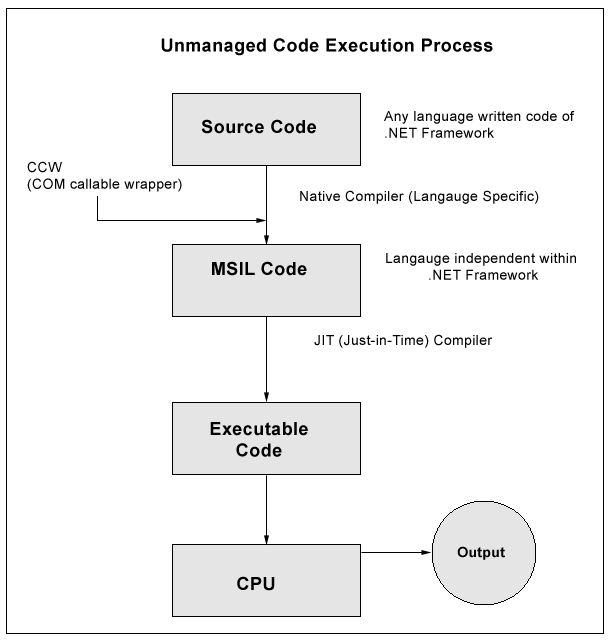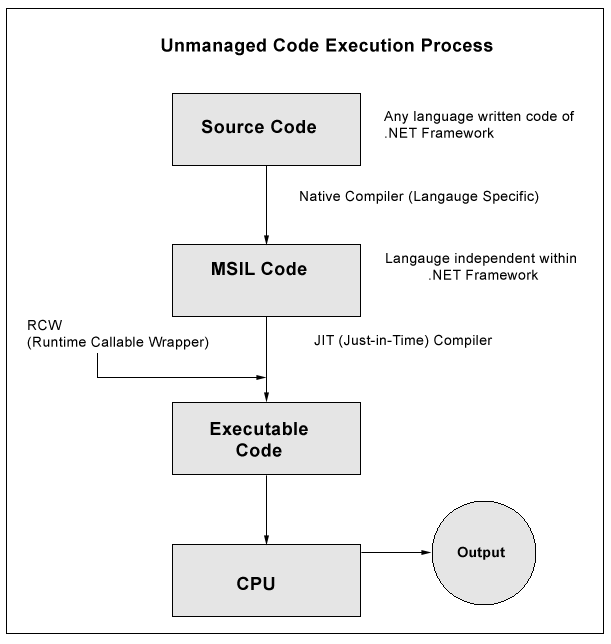-- Find Duplicate Record ----
select empname, count(empname) as Duplicate from
employee
group by empname having (count (empname)>1) order by empname desc
---- Find Second Highest Salary---
select min(salary) from employee where
salary in(select top 2 salary from
employee order by
salary desc )
----- Find Duplicate Name ----
SELECT empname
FROM employee
GROUP BY empname
HAVING ( COUNT(empname) = 1 )
--- Find Duplicate Name ---
SELECT empname, COUNT(*) TotalCount
FROM employee
GROUP BY empname
HAVING COUNT(*) > 1
ORDER BY COUNT(*) DESC
-- Find Duplicate --
SELECT empname, COUNT(*) TotalCount
FROM employee
GROUP BY empname
--- Select Duplicate ---
SELECT * FROM dbo.ATTENDANCE WHERE
AUTOID NOT IN (SELECT min(AUTOID)
FROM dbo.ATTENDANCE GROUP BY EMPLOYEE_ID,ATTENDANCE_DATE)
--- Delete Duplicate ---
DELETE FROM dbo.ATTENDANCE WHERE AUTOID NOT IN (SELECT MIN(AUTOID)
FROM dbo.ATTENDANCE GROUP BY EMPLOYEE_ID,ATTENDANCE_DATE)

